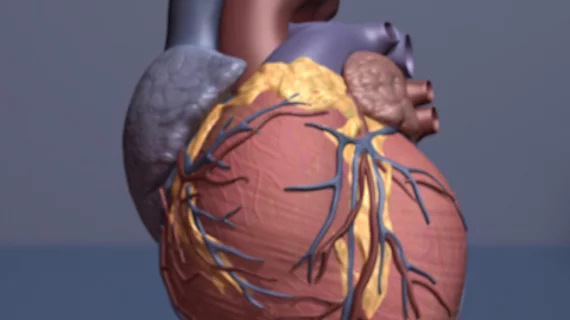Global longitudinal strain tops standard prediction method for heart failure
Global longitudinal strain (GLS), imaged via speckle-tracking, proved a superior predictor of mortality than left ventricular fraction (LVEF) in a study of acute heart failure patients, Cardiovascular Business reports.
In the study published in the Journal of the American College of Cardiology, researchers separated participants into three groups for each measurement of GLS and LVEF. The team found similar five-year mortality rates across LVEF categories, but for GLS, reduced levels of strain were strongly connected to mortality.
And researchers found each one percent increase in GLS was associated with a 5 percent decrease in a patient’s mortality risk, while LVEF wasn’t significantly associated with mortality after adjustment, CVB reports.
“Myocardial strain is based on the speckle-tracking method and can be used for the objective and reliable assessment of systolic function,” wrote lead author Jin Joo Park, MD, PhD, and colleagues in the study. “It is a simple and feasible method, with excellent reproducibility, and is a strong independent prognostic factor for outcomes in patients with heart failure, independently of LVEF.”
Read more at the link below:

